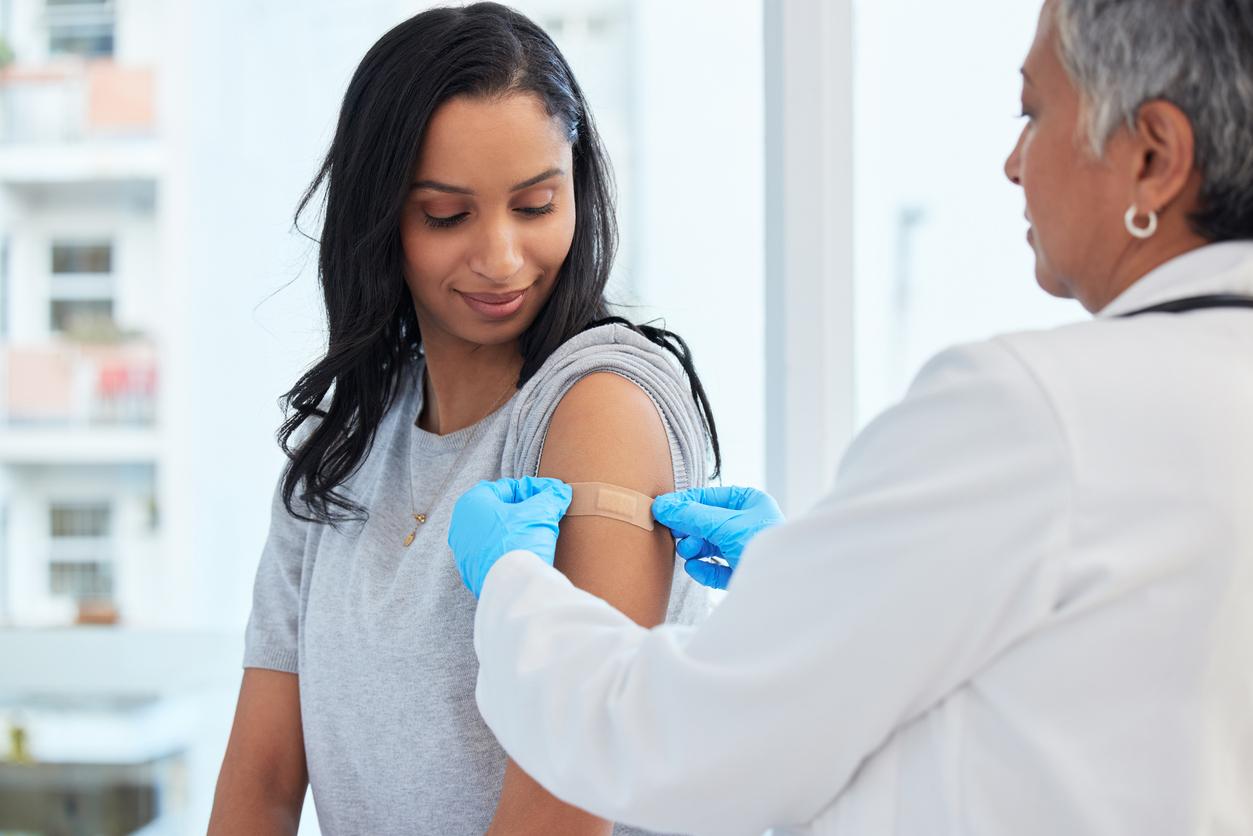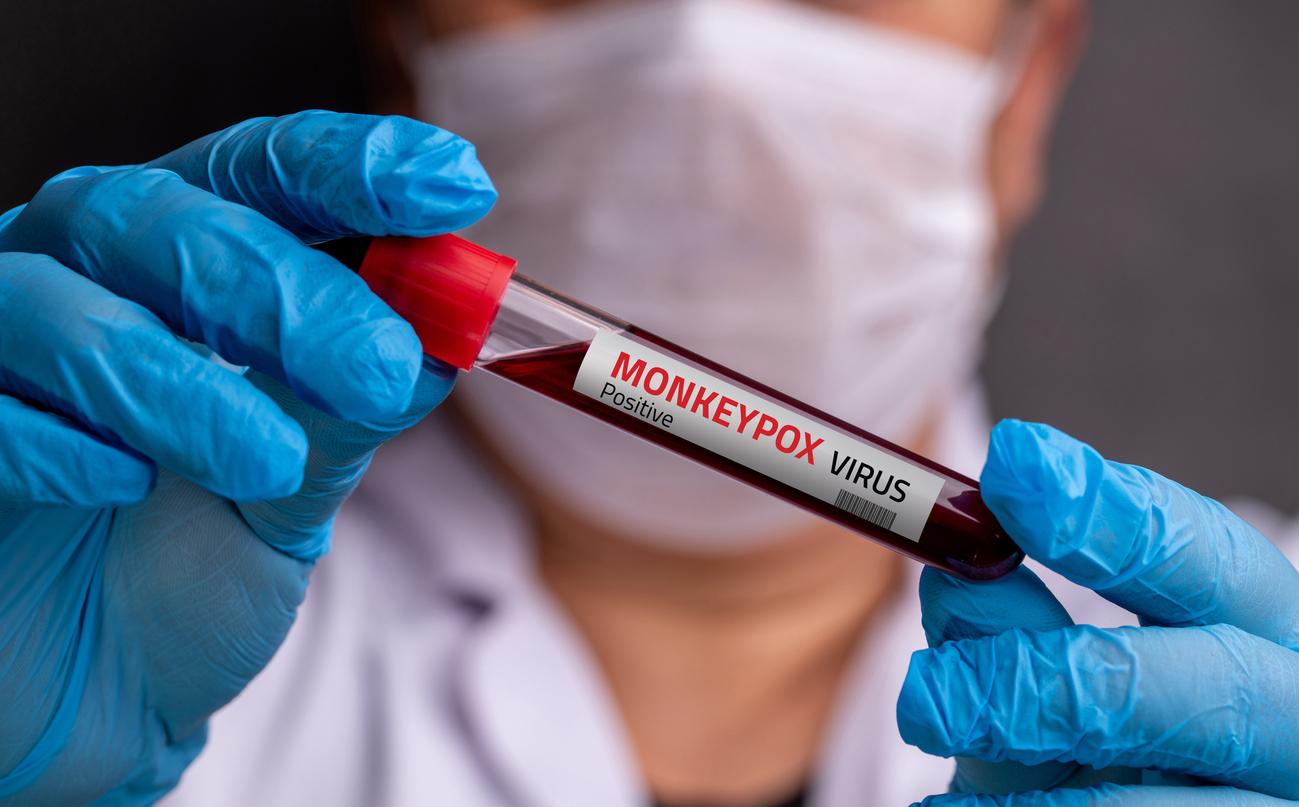Nine months. This is the length of time the Ebola virus persists in the semen of survivors. This figure is announced by an international study conducted in Guinea by researchers from the Research Institute for Development (IRD), the National Institute of Health and Medical Research (Inserm) and the Pasteur Institute. These results are published in the Journal of Infectious Diseases and confirm those of a previous study published in October 2015 and carried out on 93 Ebola survivors in Sierra Leone.
The persistence of the virus decreases over time
For this new work, the researchers used the PostEboGui program, a cohort of 700 adults and children from Guinea who survived the2014 Ebola outbreak. Scientists collected body fluids (tears, saliva, faeces, vaginal fluids and semen) every three months for a year from 450 men and women registered with PostEboGui. Their goal: to detect the persistence of the Ebola virus in these different secretions. The study relates here to 98 samples from 68 people. Scientists observed that for 10 samples from eight different men, the Ebola virus persisted in the semen for up to nine months after recovery. However, the presence of the virus in seminal fluid, the fluid mainly comprising semen, decreases over time: if nearly a third (28.5%) of samples from the 1st and 3rd month after recovery contained the virus, they did not were more than 16% between the 4th and the 6th month, 6.5% between the 7th and the 9th month, 3.5% between the 10th and the 12th month and 0% from 12 months.
Monitor the reservoirs of the Ebola virus in the human body
This study shows “the need to internationally recommend condom use by survivors in the months following recovery“, underlines theIRD in a press release. It has in fact been shown that the Ebola virus could be transmitted sexually. These results also remind us of the importance of systematic monitoring of Ebola survivors, to limit the risk of a resurgence of the virus. The Ebola Task Force research program thus emphasizes “monitoring clinical and psychological sequelae and the risk of reactivation of the virus in patientsThe researchers of this program are examining in particular the potential reservoirs of the virus in humans, namely the eyes, the brain and the gonads (testes and ovaries). On March 30, 2016, the World Health Organization (WHO) said the end of the international public health emergency concerning the Ebola virus. But the risks of new epidemic outbreaks still exist as long as the virus persists in the bodies of the survivors.
>> To read also:
Ebola vaccine deemed safe
Ebola: a cured patient develops the virus in the eye
Ebola: one in two survivors suffers from after-effects
















